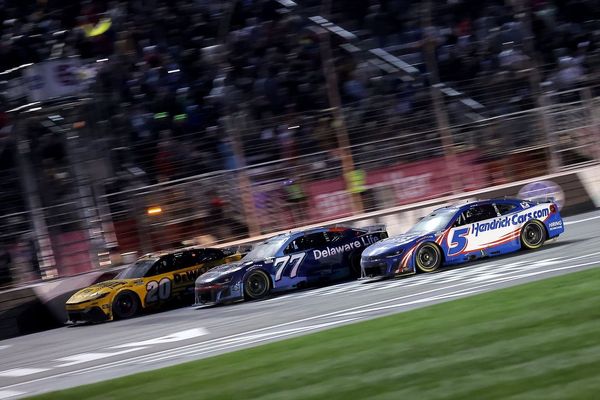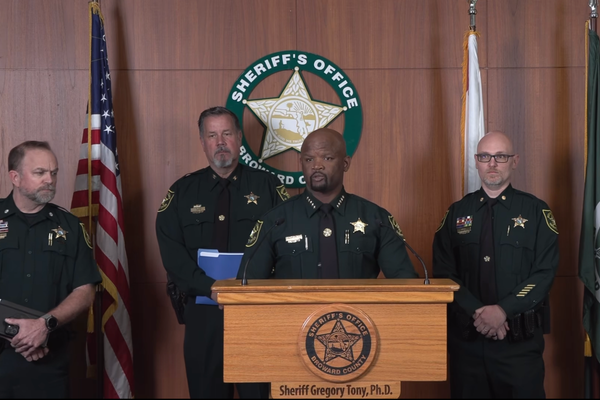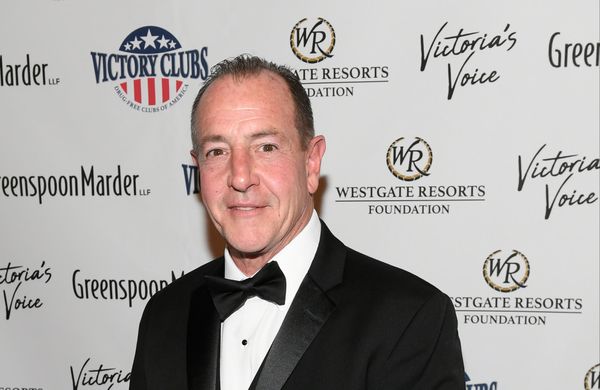
Gerald Barry’s music inhabits the same kind of space that Lewis Carroll’s Alice books do. Carroll might not have put it like this (he was writing pre-Freud), but in his books and their anarchic free-association, he let his id – his subconscious – run riot. The stories are full of surreal combinations of everyday things, from jam tarts to a baby that turns into a pig, from talking playing cards to living chess pieces. There are riddles, poems, parodies, wordplay and plain nonsense. There’s a darkness and exhilarating danger about it all because anything can happen.
Barry’s music is like this too. His compositions are a Frankenstein mashup of found sounds, whistles, shouts and spoken words; snatches of tunes, old music hall songs and ear-worms from symphonies and sonatas, which he then tears to pieces and puts together again like papier-mache. And then he turns it on its head, because it’s so much fun. There’s a feeling of childlike play to it, the kind that would leave everything covered in mud and yoghurt.
And yet under the mud and yoghurt he creates something touching and incredibly beautiful that has its own dream logic. There are moments in his music when you think: whatever object this is that he’s smashed up and thrown into the tumble dryer, it is gorgeous and jewel-like, as you get glimpses of it.
I love Barry’s music. It means a great deal to me. He’s an absolutely unique figure, separate from the real avant garde – the world of Stockhausen and Feldman – but very much in the innovative line of the great Irish artists, Joyce, Beckett, Flann O’Brien.
Alice’s Adventures Under Ground (Barry uses Carroll’s original title of the first book) is a particularly happy marriage of composer and text. iIn the pit, conducting,, I feel like an old-fashioned circus master. The work is full of very fast singing and speaking, scales and arpeggios, breathless costume and scene changes, (anything over 60 seconds counts as luxurious) and crammed with musical jokes and allusions.
Like Carroll’s, Barry’s id has been unleashed. He must have thought to himself “Humpty Dumpty’s poem sounds a bit like the Ode to Joy”; no sooner has he thought it than it’s in there – and everybody sings Beethoven’s famous tune while the orchestra plays a different piece entirely at the same time. Elsewhere, instead of setting the Jabberwocky in its original nonsense English he uses a very beautiful and rich nonsense Russian, and then French and German, setting the Russian passage to the tune of It’s a Long Way to Tipperary, sung in a riotous unison while the orchestra is doing this fantastic shattering rampage. He told me he got that from listening to an old record of the Red Army Choir singing the first world war song. It’s an extraordinary noise.
And yet in some respects Barry’s music also feels quite baroque. As in Bach, you can really hear the juicy harmonies. There’s some phenomenally brilliant writing for all the orchestral players, but especially for the brass. Barry likes the sound from the brass to be blazing and full-tilt. When he writes fortissimo it means what it used to mean – as loud as possible. He writes just “ff” (resisting the inflation that means you get ffffff in some scores today) but for him it means really go for it.

Barry also likes to write for two wind machines – not something many institutions actually own. We’re lucky that the Royal Opera House has been able to get the two best ones in London. How do you conduct a wind machine? You just point!
My job is to be the one point of stability in all this. Barry’s writing is very precise. He shows you how he wants it, when to go up in the voice, when to go down, what rhythm, and when to leave tiny pauses. He reminds me of Beckett or Pinter: the pauses are as important as the music and convey the deep weirdness of the characters Alice encounters. That sounds reasonable, you might think of what Humpty Dumpty is saying, but Barry leaves in the extra second it takes to register: No, hang on, he’s mad!
I grew up with Carroll’s books. They’re part of my DNA, particularly because my mother is an art historian specialising in surrealism, and of course the surrealists loved Alice – it was a bible for them. But what can we take from the stories today? They’re for the child who’s still in all of us. There’s something really frightening about some scenes. Alice is lost, bewildered and alone in a land where nothing makes sense and where no one is friendly. We can all relate to that sometimes. There’s also an anarchy and wildness that children love: how in Wonderland it’s possible to turn an object into something else just by saying it’s this, not that.
Ultimately, it’s a great, joyous shout of rage at mindless convention. There’s a fury and mania about it, which is what I really respond to today. It’s about a truth-telling schoolgirl in a world where everyone else talks total nonsense, in a world where up is down.
The world premiere production of Gerald Barry’s Alice’s Adventures Under Ground is at the Royal Opera House, London, 3-9 February. Thomas Adès was talking to Imogen Tilden.







